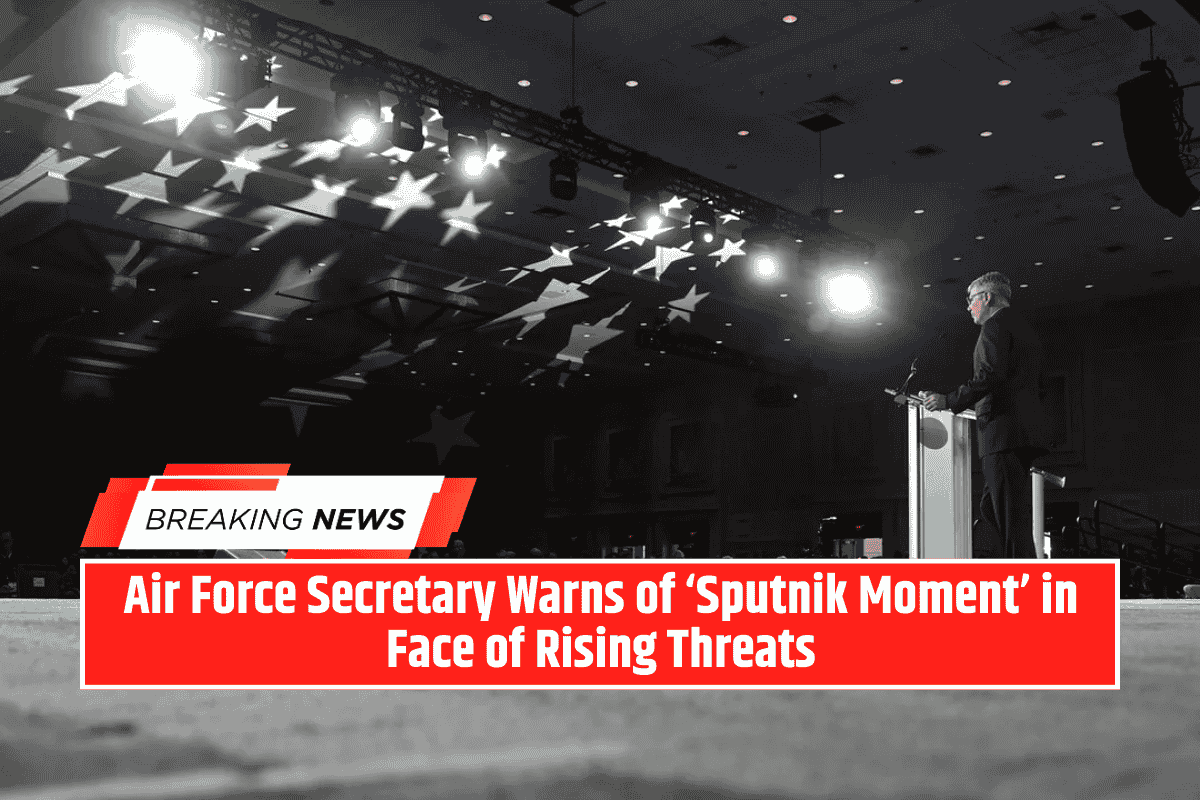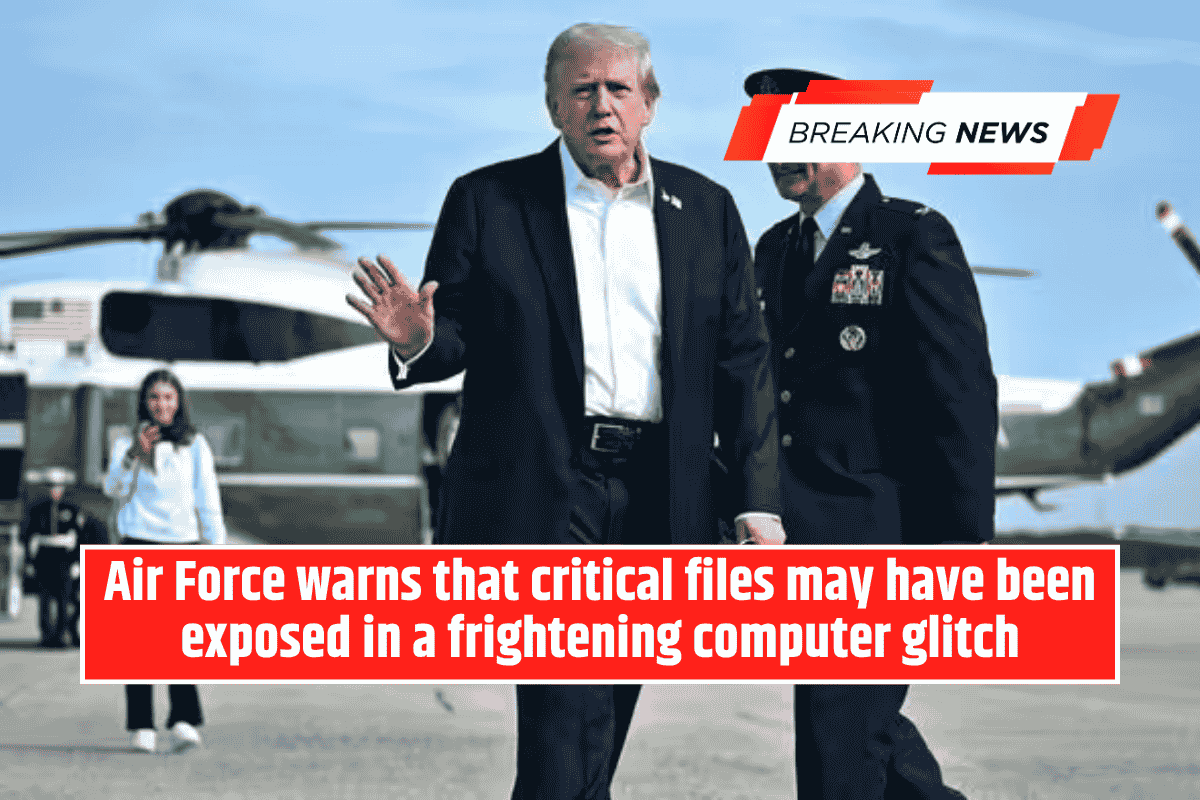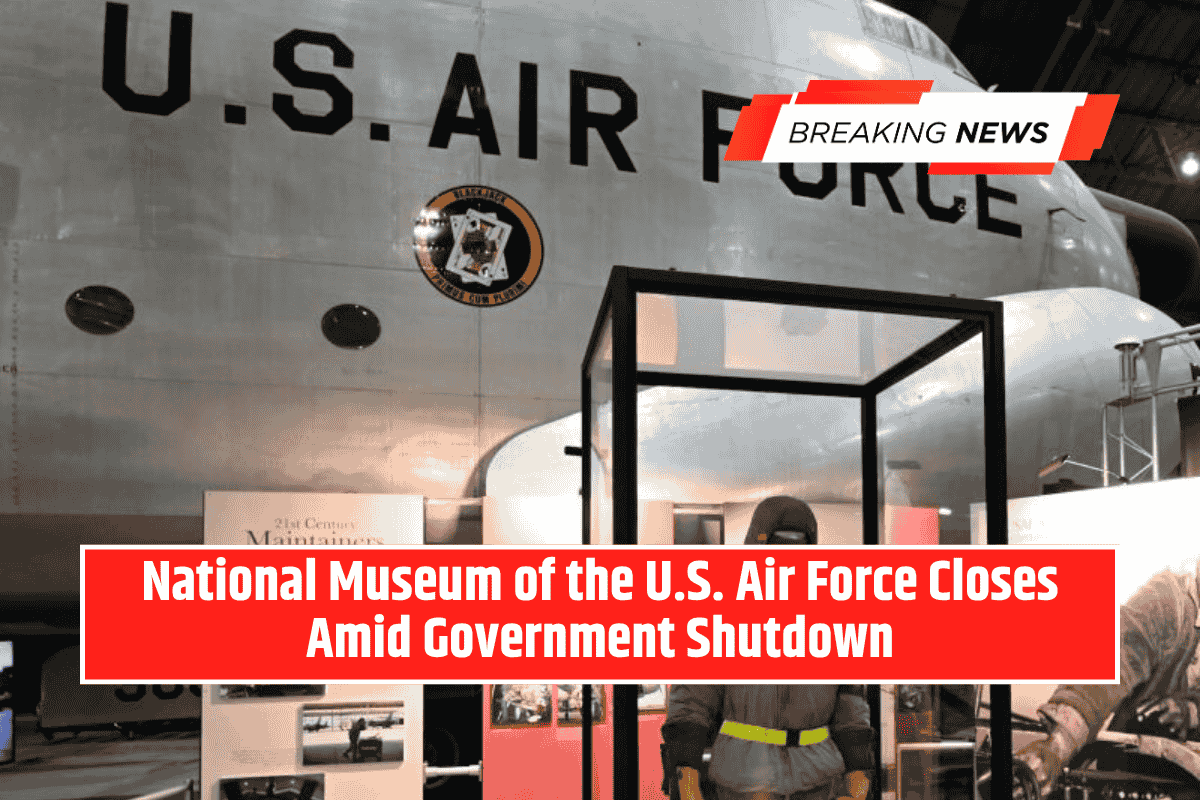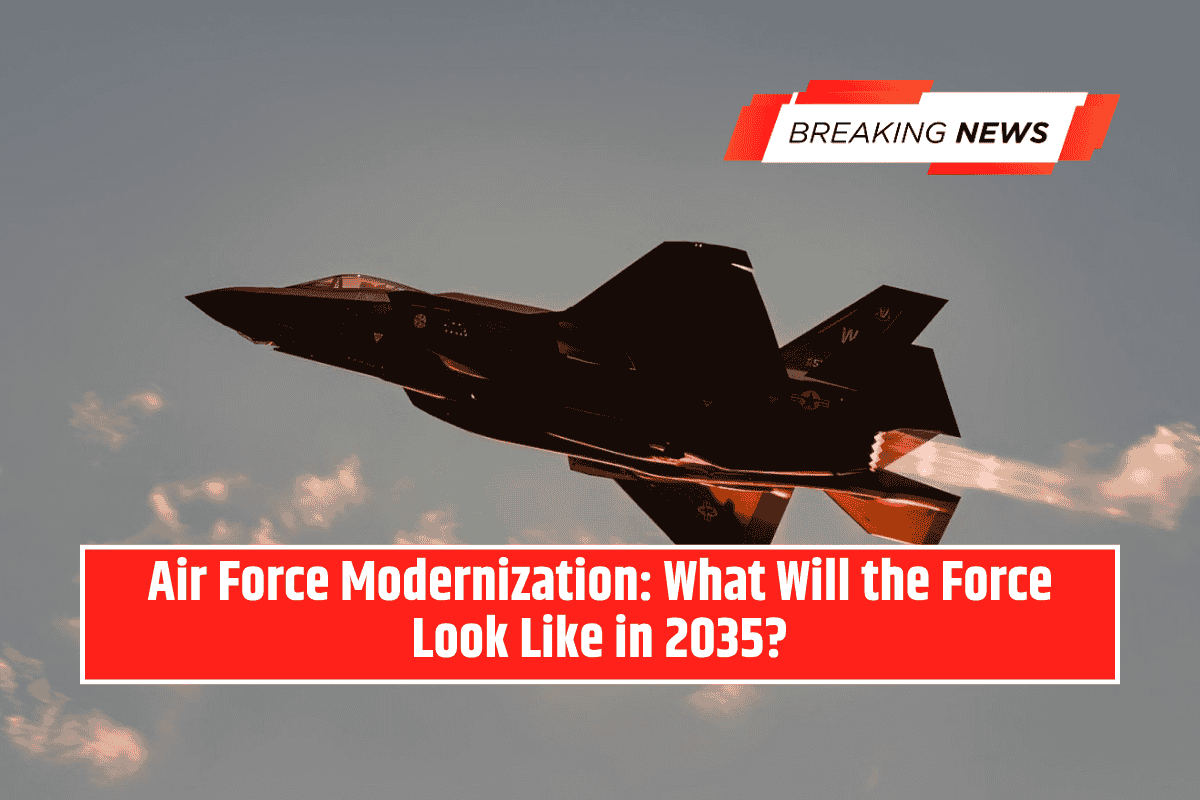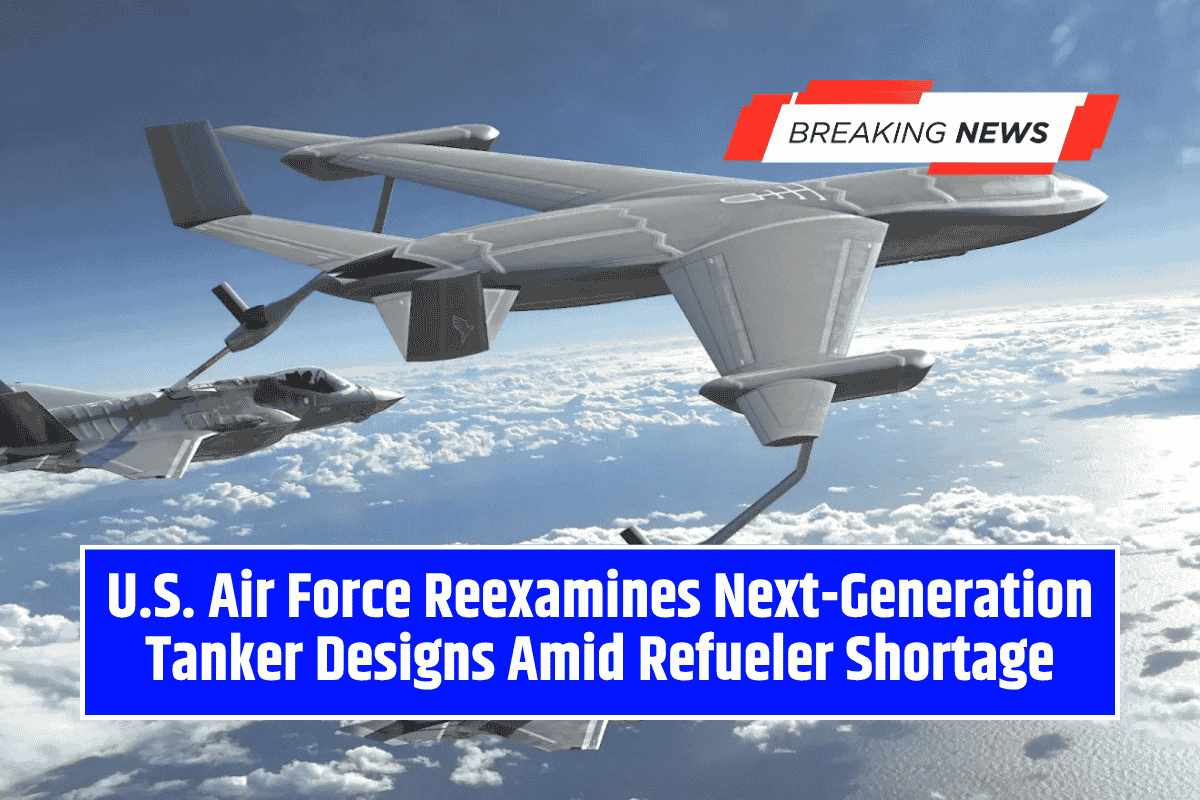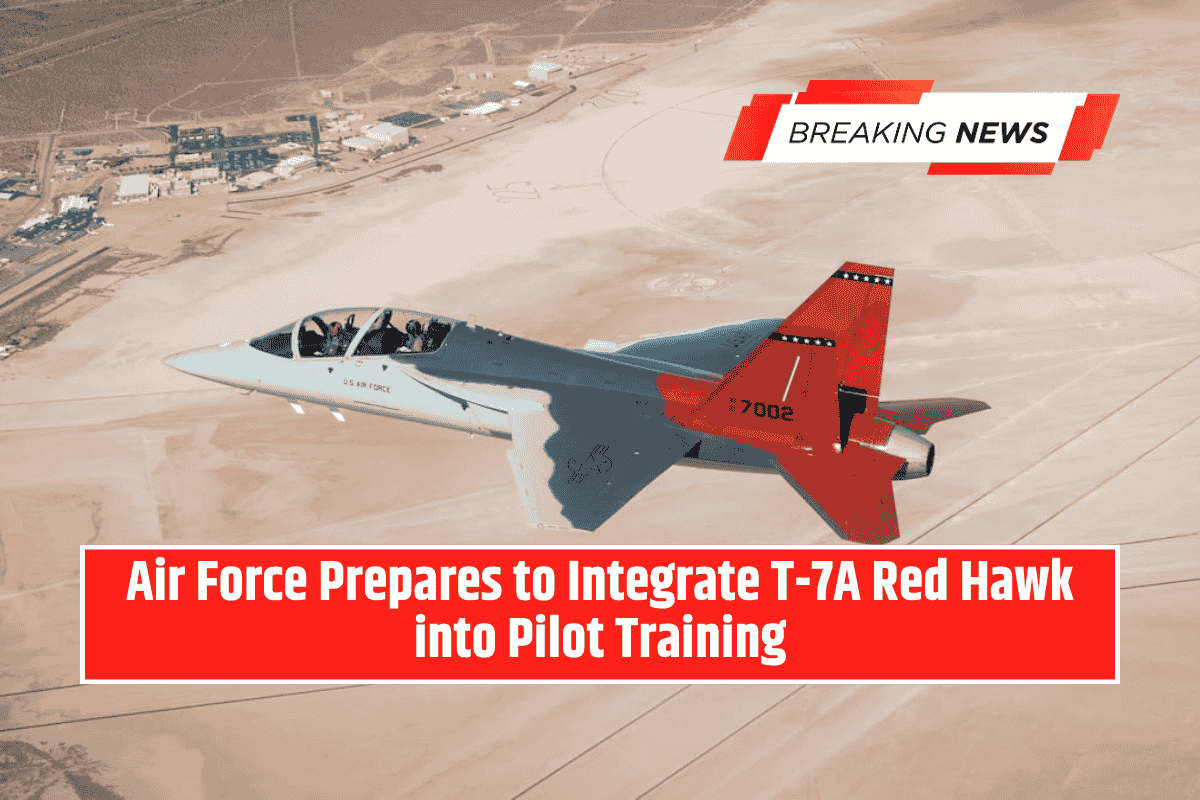Speaking at the Air & Space Forces Association’s annual conference on Sept. 22, Air Force Secretary Troy Meink compared today’s geopolitical challenges to the Sputnik crisis of 1957.
Just as the Soviet satellite spurred U.S. innovation in space and technology, Meink argued that the United States must urgently accelerate advancements in air and space to avoid falling behind adversaries — especially China.
China as the Primary Threat
Meink emphasized that while the U.S. still fields the best-trained force in the world, China has become the most significant threat due to its ability to deploy new technologies at a pace far exceeding that of the Pentagon.
Beijing’s rapid progress in fighter aircraft, bombers, nuclear systems, and space capabilities poses a direct challenge to U.S. dominance. “Their development timelines are a fraction of ours … We have to innovate faster than our adversaries,” he warned.
Space Control and the ‘High Ground’
A central concern for the U.S. Space Force is maintaining “space control” — ensuring freedom of operation for American satellites while denying adversaries the same. Meink noted that while adversaries began weaponizing space more than a decade ago, the U.S. hesitated.
“We didn’t start the race to weaponize space, but we have to make sure we can continue to operate in that domain,” he said. “Going forward, we can’t lose that high ground.”
Scaling Innovation to Meet the Challenge
Beyond research breakthroughs, Meink stressed the need to produce capabilities at scale to effectively compete with China. He pointed to advanced munitions, missile-warning systems, and communications satellites as programs requiring faster development and mass deployment.
Without sustained production momentum, he cautioned, the U.S. risks losing its long-held technological superiority in both air and space.
